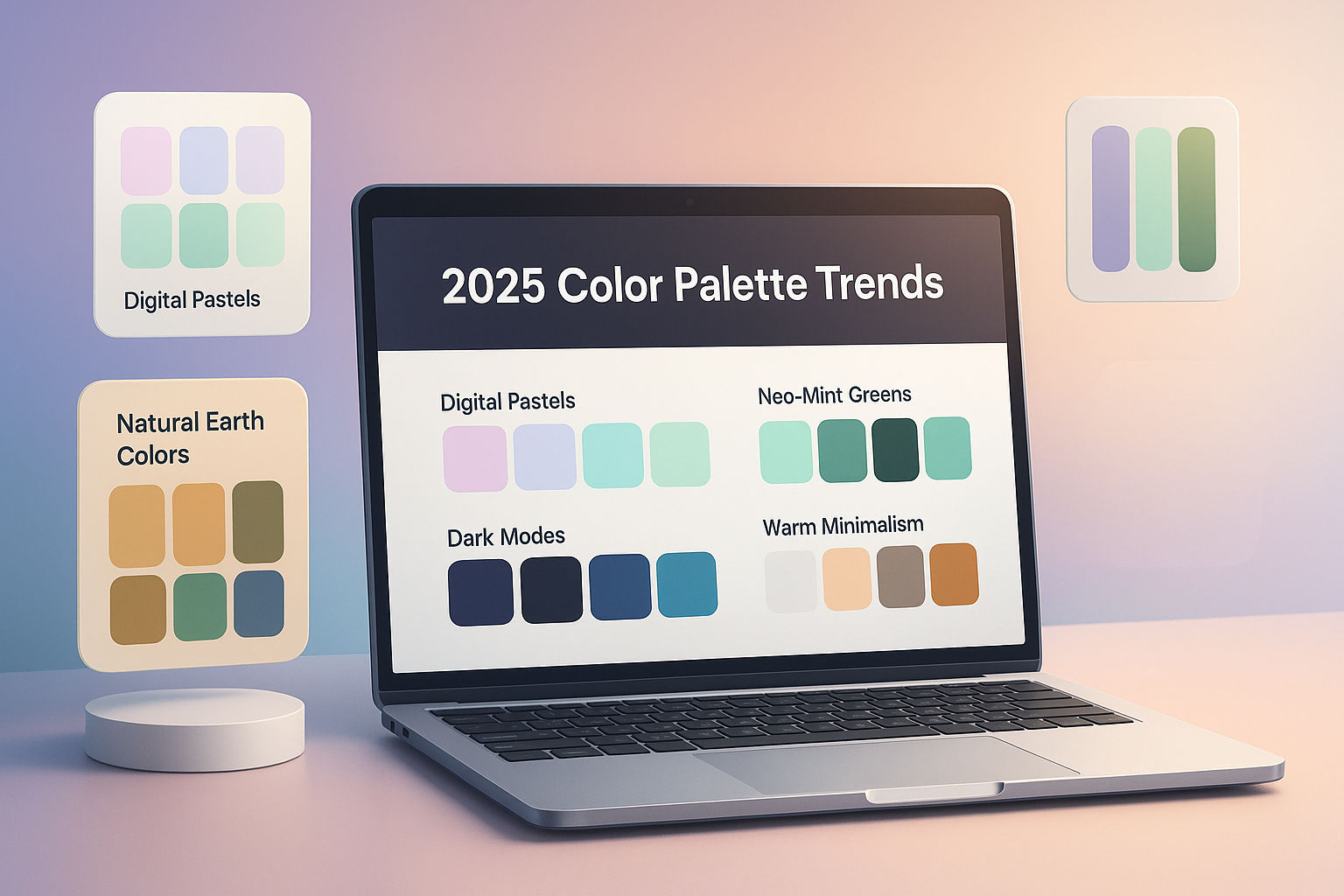
Gemini Image Creation: A Complete Guide with Prompts
Google's Gemini has revolutionized AI image generation with its powerful capabilities and intuitive interface. This comprehensive guide explores how to master Gemini image creation using effective image prompts and best practices. Whether you're creating visuals for your website or need to resize images after generation, Google Gemini offers a streamlined workflow.
Understanding Gemini's Image Generation Capabilities
Gemini, Google's advanced AI model, offers robust AI image generation features that rival other popular AI art generators. According to Google's official AI documentation, the system uses sophisticated algorithms to interpret text descriptions and transform them into visual content. Unlike traditional image creation methods, Gemini can understand context, style preferences, and nuanced artistic directions.
Key Features of Gemini Image Generation
- Natural Language Processing: Gemini excels at understanding conversational image prompts
- Style Versatility: From photorealistic to abstract art styles
- Context Awareness: Maintains consistency across related image requests
- Iterative Refinement: Ability to modify and improve generated images
Crafting Effective Prompts for Gemini
The quality of your AI image generation results depends heavily on how well you structure your image prompts. Here are proven strategies for Gemini image creation:
Basic Prompt Structure
A well-crafted prompt should include:
- Subject: What you want to see
- Style: Artistic approach or aesthetic
- Details: Specific elements, colors, or composition
- Mood: Emotional tone or atmosphere
Example Prompts for Different Scenarios
Photorealistic Portrait:
A professional headshot of a confident business executive, natural lighting, shallow depth of field, taken with a 85mm lens, neutral gray background, corporate attire
Fantasy Landscape:
A mystical forest at twilight, glowing mushrooms, ethereal fog, ancient trees with twisted roots, magical atmosphere, vibrant purples and blues, fantasy art style
Product Visualization:
Modern minimalist watch on a marble surface, studio lighting, reflective surfaces, premium aesthetic, silver and black color scheme, commercial photography style
Abstract Art:
Abstract representation of musical rhythm, flowing geometric shapes, bold colors, dynamic movement, contemporary art style, high contrast
Advanced Techniques for Better Results
1. Layer Your Descriptions
Instead of one long prompt, break complex images into layers:
- Background layer: "Sunset over mountain range"
- Middle layer: "Alpine meadow with wildflowers"
- Foreground layer: "Rustic wooden fence in sharp focus"
2. Use Reference Styles
Mention specific artistic movements or artists (for style, not copying):
- "In the style of Impressionism"
- "Reminiscent of Art Deco design"
- "With Brutalist architecture influences"
3. Specify Technical Details
For photorealistic images, include camera specifications:
- Lens type (wide-angle, telephoto, macro)
- Lighting conditions (golden hour, studio lights)
- Composition rules (rule of thirds, leading lines)
Common Mistakes to Avoid
Overly Vague Prompts
❌ "Make me a nice picture of a dog" ✓ "Golden Retriever puppy playing in autumn leaves, warm afternoon sunlight, shallow depth of field, joyful expression"
Contradictory Instructions
❌ "Photorealistic cartoon character" ✓ "3D rendered character with realistic textures but stylized proportions"
Information Overload
❌ A 300-word prompt with every possible detail ✓ Focused prompt with 3-5 key elements and clear style direction
Optimizing Your Workflow
Step-by-Step Process
- Start Simple: Begin with basic image prompts to establish the concept
- Iterate: Refine based on initial results
- Add Details: Gradually introduce specific elements
- Adjust Style: Fine-tune artistic direction
- Final Polish: Make minor adjustments for perfection
Saving and Organizing Your Work
- Document successful image prompts for future reference
- Create a prompt library organized by category
- Note which modifications produced better results
- Keep track of style combinations that work well
Practical Applications
Content Creation
- Blog post headers and featured images
- Social media graphics
- Marketing materials
- Presentation slides
Once you've generated your images with Google Gemini, you can use our image resizing tool to optimize them for different platforms, or convert image formats as needed for your projects.
Creative Projects
- Concept art for stories or games
- Character design explorations
- Environmental studies
- Mood boards for projects
Professional Use Cases
- Product mockups and visualizations
- Brand identity exploration
- Website hero images
- Advertising campaigns
Tips for Specific Image Types
Portraits and Characters
Prompt: "Portrait of a weathered sea captain, salt-and-pepper beard, kind eyes, wearing a navy peacoat, nautical background, dramatic lighting, character study"
Landscapes and Environments
Prompt: "Serene Japanese garden in spring, cherry blossoms in full bloom, koi pond with wooden bridge, soft morning mist, peaceful atmosphere, traditional composition"
Objects and Products
Prompt: "High-end headphones product shot, matte black finish, premium materials, minimalist background, studio lighting with subtle gradients, commercial photography aesthetic"
Abstract and Conceptual
Prompt: "Visual metaphor for innovation, interconnected geometric shapes, gradient from deep blue to bright cyan, sense of forward motion, modern and clean"
Troubleshooting Common Issues
Image Doesn't Match Expectations
- Solution: Add more specific descriptive terms to your image prompts
- Example: Instead of "beautiful", use "ethereal", "dramatic", or "minimalist"
Inconsistent Style
- Solution: Reinforce style keywords throughout the prompt
- Example: "Photorealistic, highly detailed, professional photography" vs just "realistic"
Unwanted Elements
- Solution: Explicitly state what should NOT be included
- Example: "Mountain landscape without any buildings or people"
Best Practices for Prompt Engineering
- Be Specific But Not Restrictive: Provide clear direction while allowing creative interpretation
- Use Descriptive Language: Choose vivid, precise adjectives
- Consider Composition: Think about visual hierarchy and balance
- Iterate Systematically: Change one element at a time to understand its impact
- Study Successful Examples: Learn from prompts that produced excellent results
For more tips on working with images, explore our complete image processing guide with tools for resizing, cropping, and converting.
Ethical Considerations
When using Google Gemini for AI image generation:
- Respect intellectual property and avoid copying specific artists' works
- Be mindful of cultural sensitivity in your image prompts
- Use generated images responsibly and transparently
- Consider the implications of AI-generated content in your field
According to research from MIT on AI ethics, responsible AI usage requires ongoing attention to fairness, transparency, and accountability.
Conclusion
Mastering Gemini image creation requires practice, experimentation, and attention to detail in your image prompts. By understanding the principles outlined in this guide and continuously refining your approach, you can harness the full power of AI image generation to create stunning, professional-quality images for any purpose.
Start with simple image prompts, analyze the results, and gradually build your skills. Remember that the best prompt engineers combine technical knowledge with creative vision, treating each Google Gemini generation as both a science and an art.
As you develop your expertise, you'll discover that Gemini is not just a tool but a creative partner, capable of bringing your visual ideas to life with remarkable fidelity and artistic merit.
Ready to Try Our Tools?
Put what you've learned into practice with our free image processing tools.



